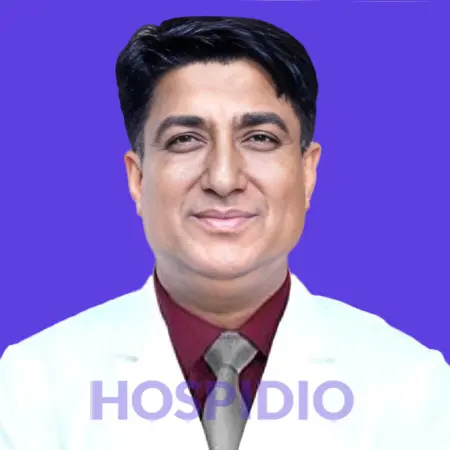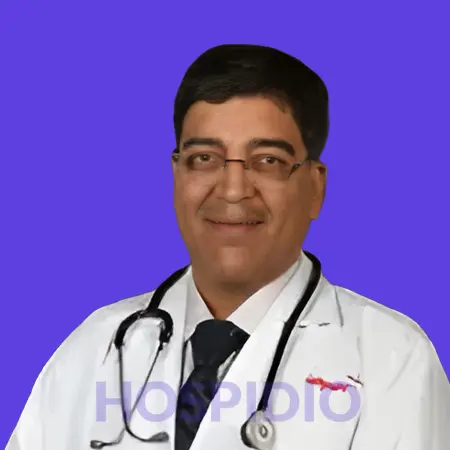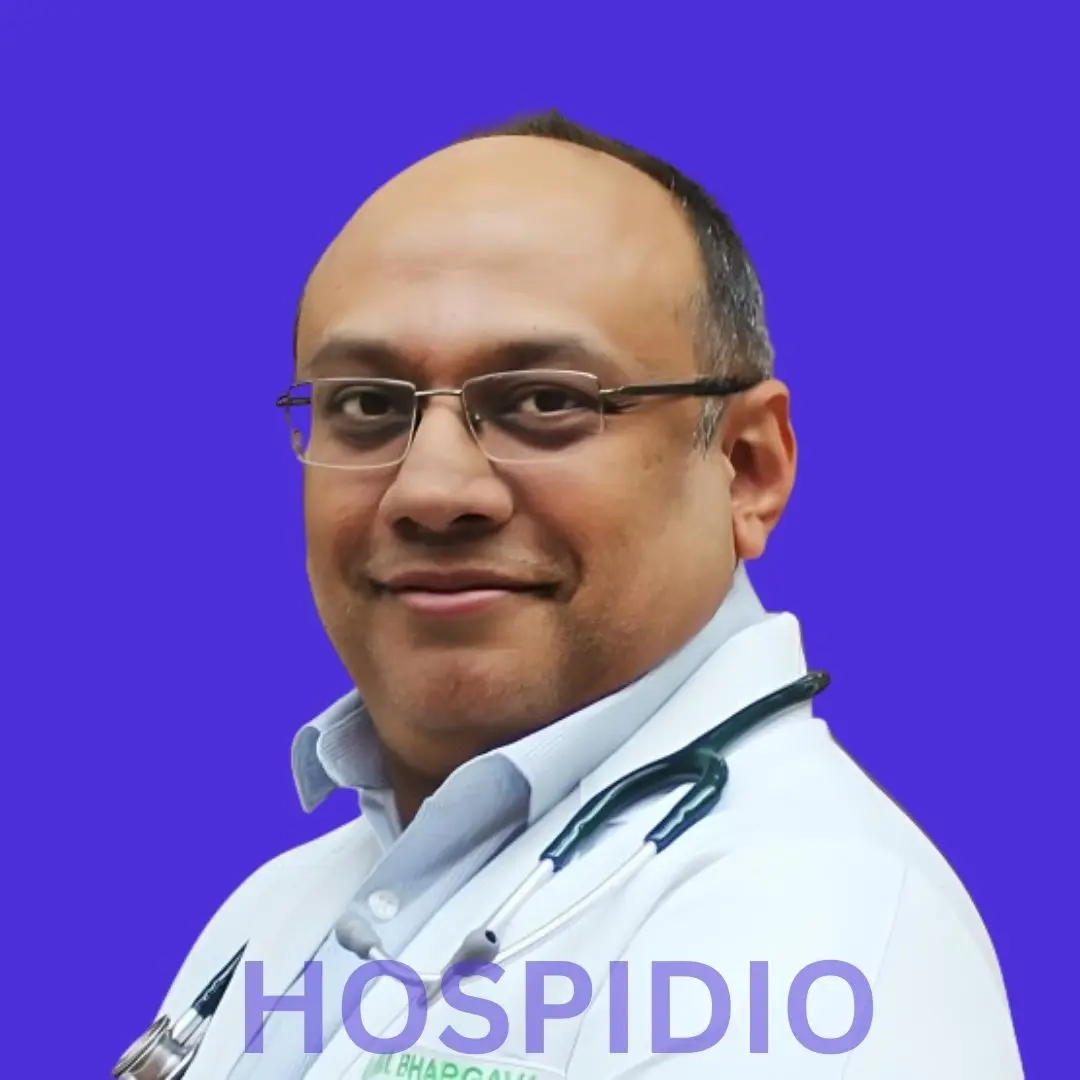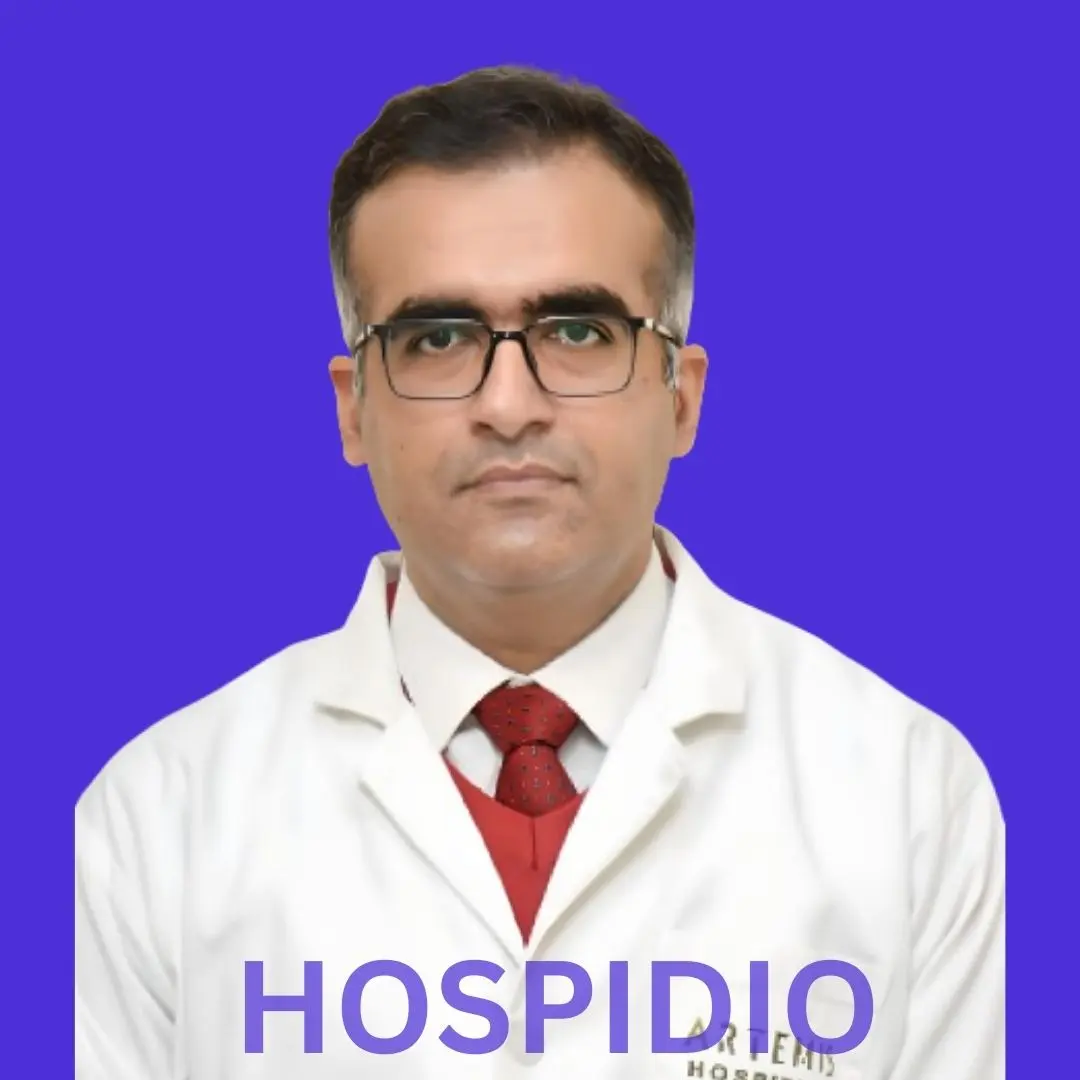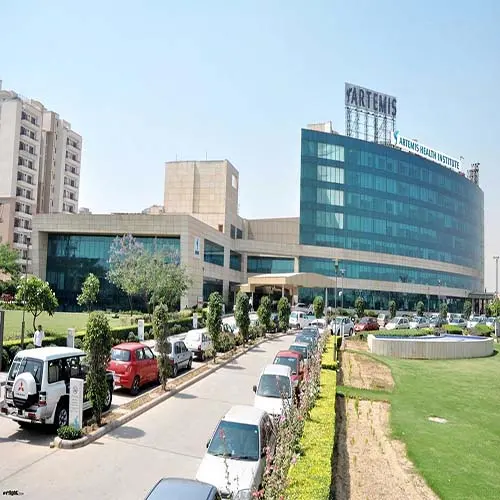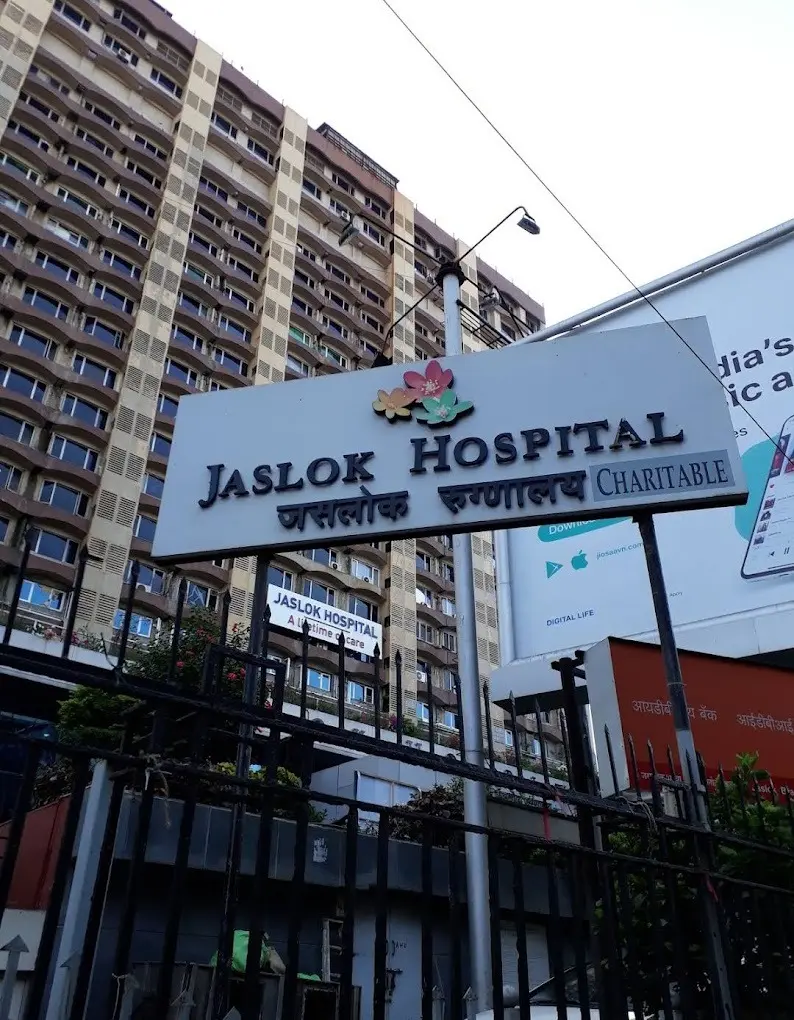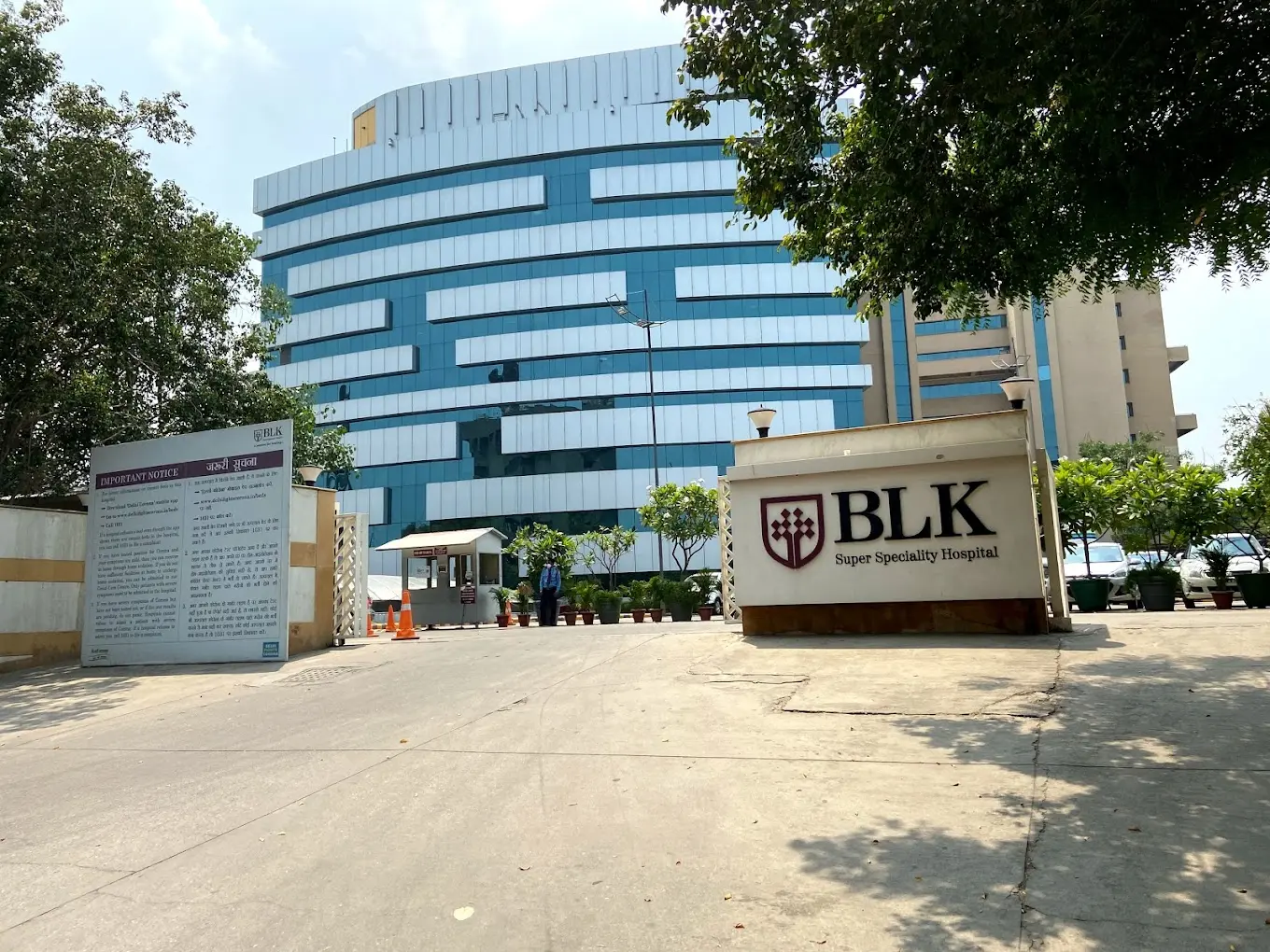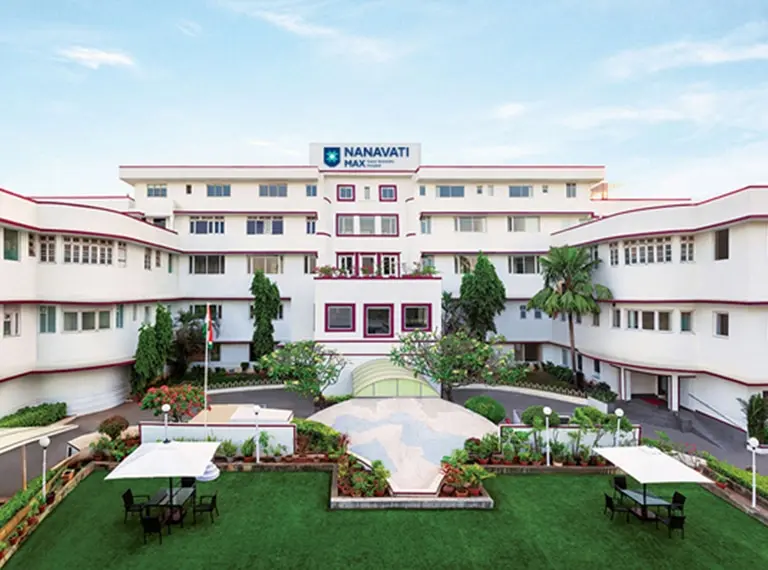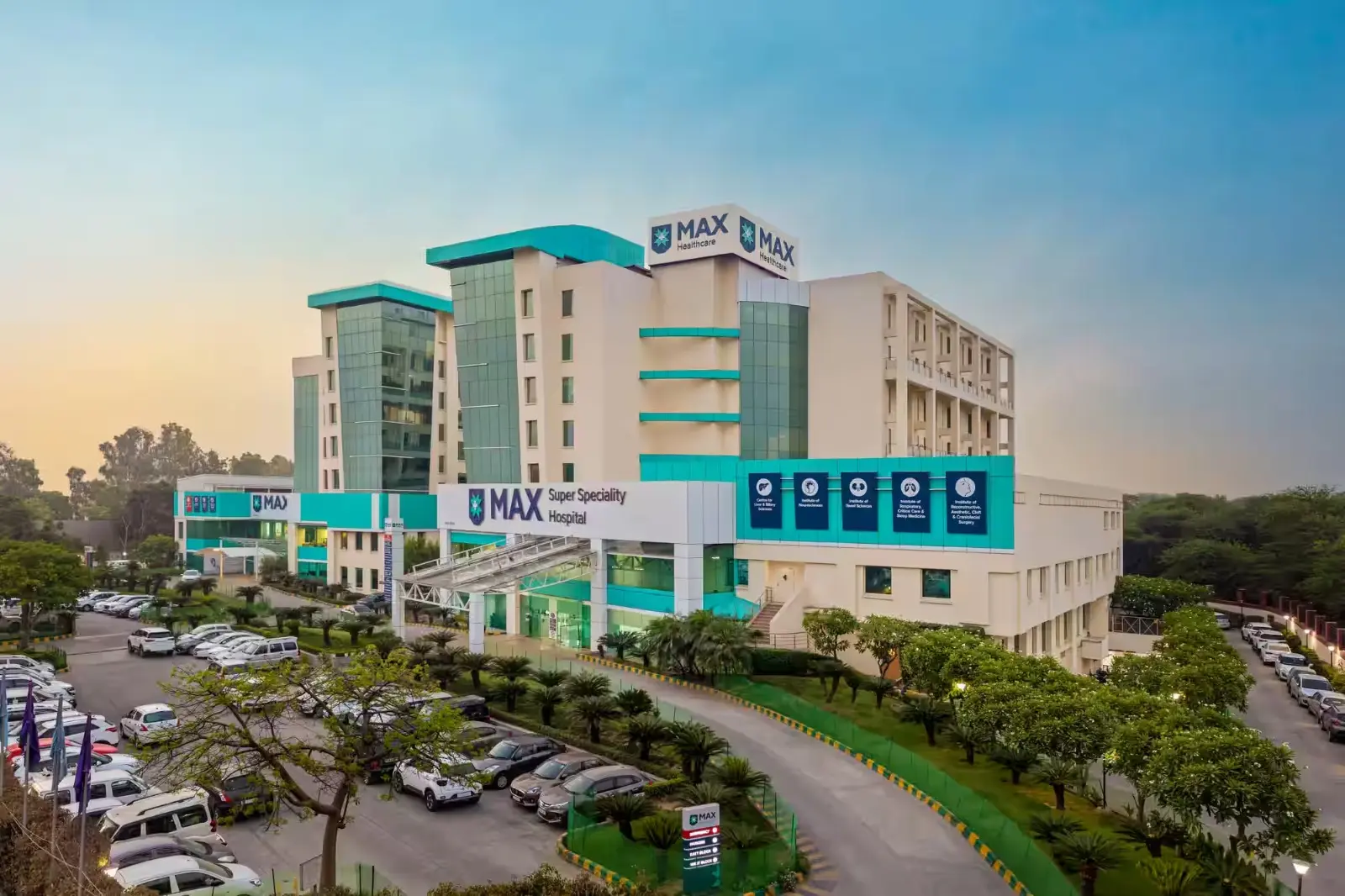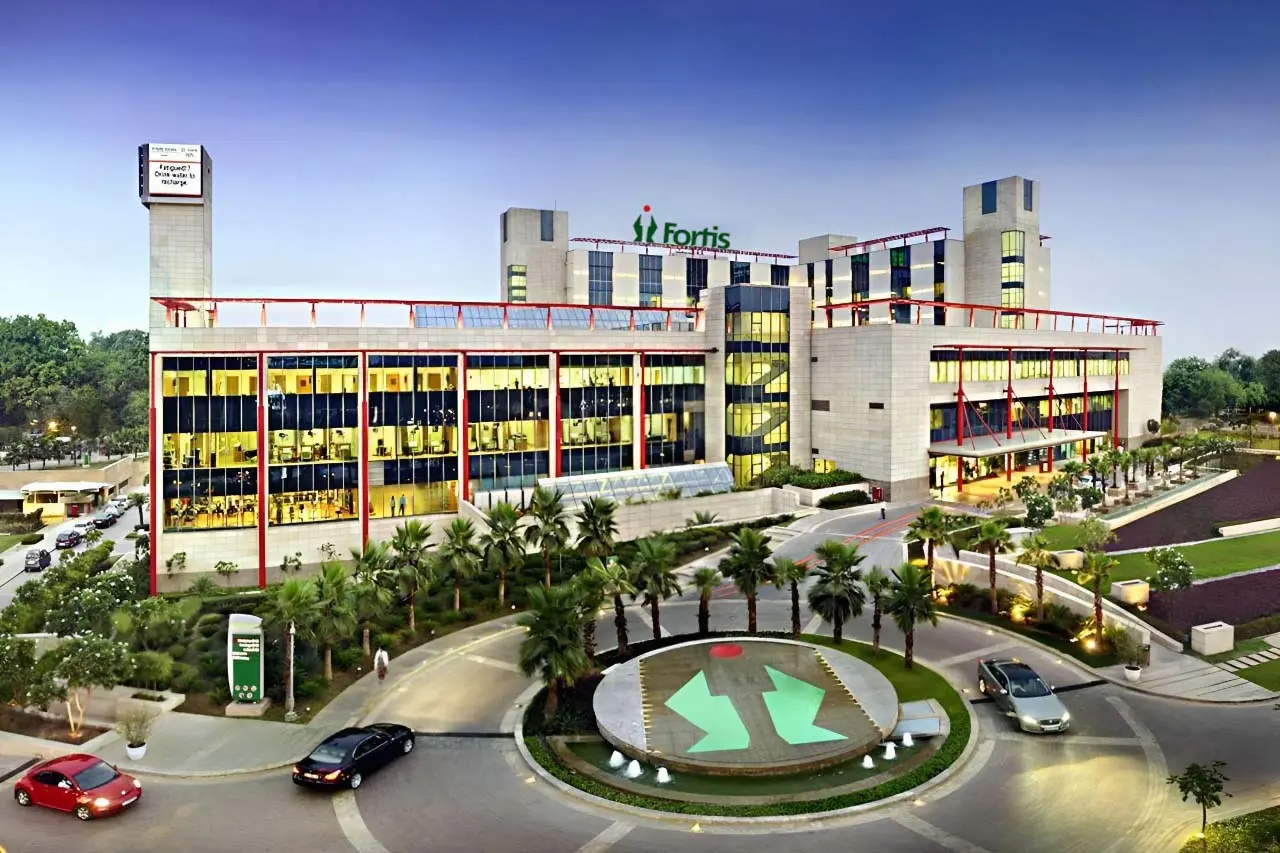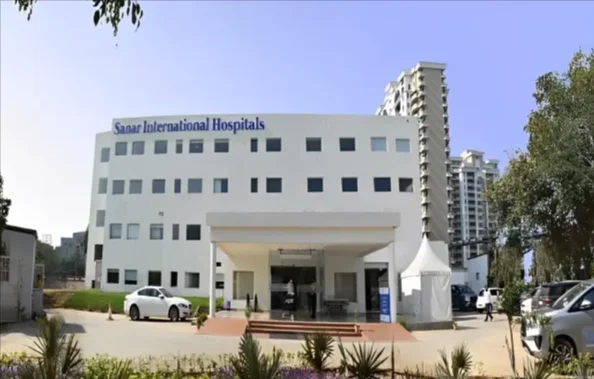Sickle Cell Anemia Treatment cost in India
The cost of treating sickle cell anemia in India can range from $22,000 to $35,000, which is approximately 18,70,000 to 29,75,000 Indian Rupees. The total expenditure may vary based on several factors, including the severity of the disease, type of treatment required, duration of care, hospital facilities, and the patient's overall health condition.
Treatment for sickle cell anemia may include medications to reduce pain and prevent complications, blood transfusions, hydroxyurea therapy, and, in some cases, bone marrow or stem cell transplantation. A multidisciplinary approach and long-term management are often necessary to improve the patient’s quality of life and minimise the risk of serious complications.
Cost Range of Sickle Cell Anemia Treatment cost in India
Since sickle cell anemia is a chronic and inherited blood disorder, the treatment plan is carefully tailored by hematologists after a comprehensive assessment of the patient’s medical history, genetic profile, diagnostic tests, and overall health condition. The success of the treatment depends on several factors, including the frequency and severity of symptoms, early intervention, response to prescribed therapies, and the presence of any associated health complications. A personalized approach is essential to minimise complications, manage symptoms, and enhance the patient’s quality of life.
Get a free cost estimate
Sickle cell anemia treatment in India is accessible to a broad spectrum of patients; however, eligibility for specific treatments depends on various factors, including the severity of symptoms, frequency of pain crises, age, overall health status, and presence of complications such as organ damage or infections. A detailed evaluation is conducted by medical experts to determine the most appropriate course of treatment.
Who is an eligible candidate for Sickle Cell Anemia treatment in India?
An eligible candidate for sickle cell anemia treatment in India is typically someone who meets specific medical and clinical criteria. Eligibility varies based on the type of treatment being considered—such as medication, blood transfusions, or curative options like bone marrow or stem cell transplantation.
Here's a breakdown of who is considered eligible:
Confirmed Diagnosis
The patient must have a confirmed diagnosis of sickle cell anemia, usually through blood tests like hemoglobin electrophoresis or genetic testing.
- HbSS (homozygous sickle cell anemia) – Most severe form.
- HbS/β-thalassemia – Moderate to severe symptoms.
- Other variants (e.g., HbSC, HbSD, HbSE) – Depending on symptom severity.
Age
Most treatments are available for both children and adults. However, curative treatments like bone marrow transplantation are more successful and commonly performed in children and young adults.
Severity of Disease
- Patients experiencing frequent pain crises, severe anemia, or organ complications are prioritized for more intensive treatments.
- Candidates for bone marrow transplants are often those with severe symptoms that don’t respond well to standard treatments.
Overall Health Condition
- The patient must be healthy enough to undergo treatment, especially if invasive procedures like stem cell transplants are being considered.
- Pre-existing conditions such as infections, liver or kidney disease, or heart issues may affect eligibility.
Treatment History
Candidates who have not responded adequately to standard therapies (like hydroxyurea) may be evaluated for more advanced treatment options.
Availability of a Donor (for Bone Marrow Transplant)
For stem cell or bone marrow transplant, a suitable HLA-matched donor (usually a sibling) is necessary.
Access to Healthcare Facilities
Patients must be able to access specialized centers that offer comprehensive sickle cell care, including hematology, transfusion services, and transplant units.
Psychosocial and Financial Readiness
Given the long-term nature of treatment, including possible hospitalization and follow-up, patients and families must be prepared emotionally and financially.
Types of Sickle Cell Anemia Treatments and Associated Costs
Here is an overview of the common types of Sickle Cell Anemia surgeries along with their approximate cost range in USD:
| Type of Sickle Cell Anemia Treatment | Cost in USD |
| Hydroxyurea Therapy A disease-modifying oral medication that helps reduce the frequency of pain episodes and need for blood transfusions by increasing fetal hemoglobin levels. | 100 to 150 per month |
| Blood Transfusions Regular transfusions are used to treat severe anemia and prevent complications such as stroke, especially in children. | 200 to 400 per session |
| Iron Chelation Therapy Used to remove excess iron from the body caused by repeated blood transfusions, preventing organ damage. | 200 to 350 per month |
| Pain Management and Supportive Care Includes hospitalization, IV fluids, painkillers, and antibiotics during vaso-occlusive crises. | 500 to 800 per pain crises episode |
| Allogenic Bone Marrow Transplant The only potential cure for sickle cell disease involves replacing the patient’s bone marrow with healthy donor cells. Most successful in children with severe disease and matched donors. | 24000 to 35000 |
City Wise Comparison for Bone Marrow Transplant Cost in India
| City Name | Cost Range in USD |
| New Delhi | 24,000 to 35,000 |
| Mumbai | 28,000 to 38,000 |
| Bangalore | 28,000 to 40,000 |
| Chennai | 26,000 to 38,000 |
| Hyderabad | 25,000 to 38,000 |
| Kolkata | 24,000 to 35,000 |
Note: These ranges include major treatment costs such as bone marrow transplant, long-term medication, and hospitalization for complications.
Top Bone Marrow Transplant Doctors in India
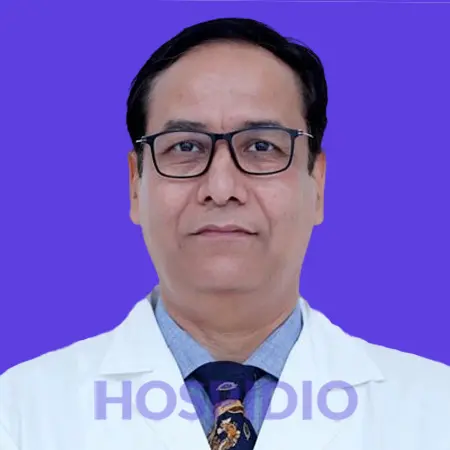
Sickle Cell Anemia Treatment Cost in India Inclusions
- Treatment as advised
- Patient ICU stay and meals during hospitalization
- Routine drugs and consumables required during hospitalization
Sickle Cell Anemia Treatment Cost in India Exclusions
- Flights and visa
- Post-discharge stay
- Post-operative follow-ups and medical management
- Complications management
- Treatment for any other underlying medical conditions
- Any complex investigations or drugs
Other Factors Affecting Sickle Cell Anemia Treatment Cost in India
- Type of treatment
- Type of bone marrow donor and its availability
- Choice of location, doctor and hospital
- Pre-existing medical history
- Type of drug used for conditioning and maintenance
- Post-discharge care and medical management needed
Diagnostic Tests Done Before Sickle Cell Anemia Treatment in India
| Type Treatment | Cost in USD |
| Blood TestChecks for abnormal hemoglobins like HbS, kidney function, calcium levels, anemia, and other markers to assess disease severity and organ function. | 200 to 300 |
| Bone Marrow TestsConfirms disease by analyzing bone marrow cells and detecting genetic mutations affecting treatment and prognosis. | 500 to 600 |
| Imaging Tests Identifies bone damage, lesions, and the spread of myeloma using X-rays, MRIs, CT scans, or PET scans. | 500 to 600 |
| Additional Pre-Treatment TestsEvaluates heart, lung, and liver function, along with infection screening, to ensure safe treatment planning. | 100 to 150 |
Why is India preferred as one of the best countries for Sickle Cell Anemia treatment?
India is emerging as one of the most preferred destinations for sickle cell anemia treatment, owing to its combination of advanced medical facilities, expert hematologists, cost-effective care, and a strong track record in managing both mild and severe cases of the disease. The country has a robust network of specialized hospitals and clinics that provide comprehensive sickle cell care, including hydroxyurea therapy, regular blood transfusions, iron chelation, pain management, and curative bone marrow or stem cell transplants.
One of the biggest advantages of seeking treatment in India is the affordability. While a bone marrow transplant—the only potential cure for sickle cell anemia—can cost $28,000 to $35,000 in India, the same procedure in Western countries may exceed $150,000 to $300,000. Routine treatments such as hydroxyurea, blood transfusions, and supportive care are also available at a fraction of the cost found in the U.S. or Europe, making India an attractive choice for patients from Africa, the Middle East, and other parts of Asia.
India is home to internationally accredited hospitals like Apollo Hospitals, Fortis, Narayana Health, and Max Hospitals equipped with modern diagnostics and treatment infrastructure, including genetic testing, hemoglobin electrophoresis, and advanced imaging techniques. Indian hematologists and pediatric specialists are globally recognized for their expertise and have trained at leading institutions worldwide. Another key advantage is minimal wait times and personalized care plans.
Unlike in many developed countries, where patients may face long delays for specialist consultations or transplants, Indian hospitals typically offer swift evaluations and immediate treatment initiation. Success rates for bone marrow transplants in sickle cell patients, especially children, are promising and comparable to global standards.
On the other hand, medical tourism support is a major strength in India. International patients receive end-to-end assistance, including visa processing, translation services, local accommodation, and post-treatment follow-up care, ensuring a smooth and comfortable experience. With its blend of quality healthcare, advanced treatments, lower costs, and supportive infrastructure, India continues to be a leading global destination for sickle cell anemia treatment.
Best Sickle Cell Anemia Treatment Hospitals in India
FAQs
Sickle cell anemia is a genetic blood disorder where red blood cells become stiff and shaped like a “sickle.” These cells break down early and block blood flow, leading to anemia, pain, and organ damage.
In India, treatment options include:
- Medicines (Hydroxyurea, pain relievers, antibiotics)
- Blood transfusions (to manage anemia and reduce complications)
- Bone marrow or stem cell transplant (the only curative treatment)
- Supportive care (vaccinations, lifestyle management)
Yes, bone marrow or stem cell transplant is currently the only known cure. However, it is usually recommended for severe cases and requires a suitable donor (usually a sibling).
The success rate ranges from 70% to 90% in children with a matched sibling donor. Outcomes may vary depending on age, health condition, and donor availability.
Yes, with proper treatment and regular follow-ups, patients can live a healthy and longer life. A successful bone marrow transplant can even cure the disease.

